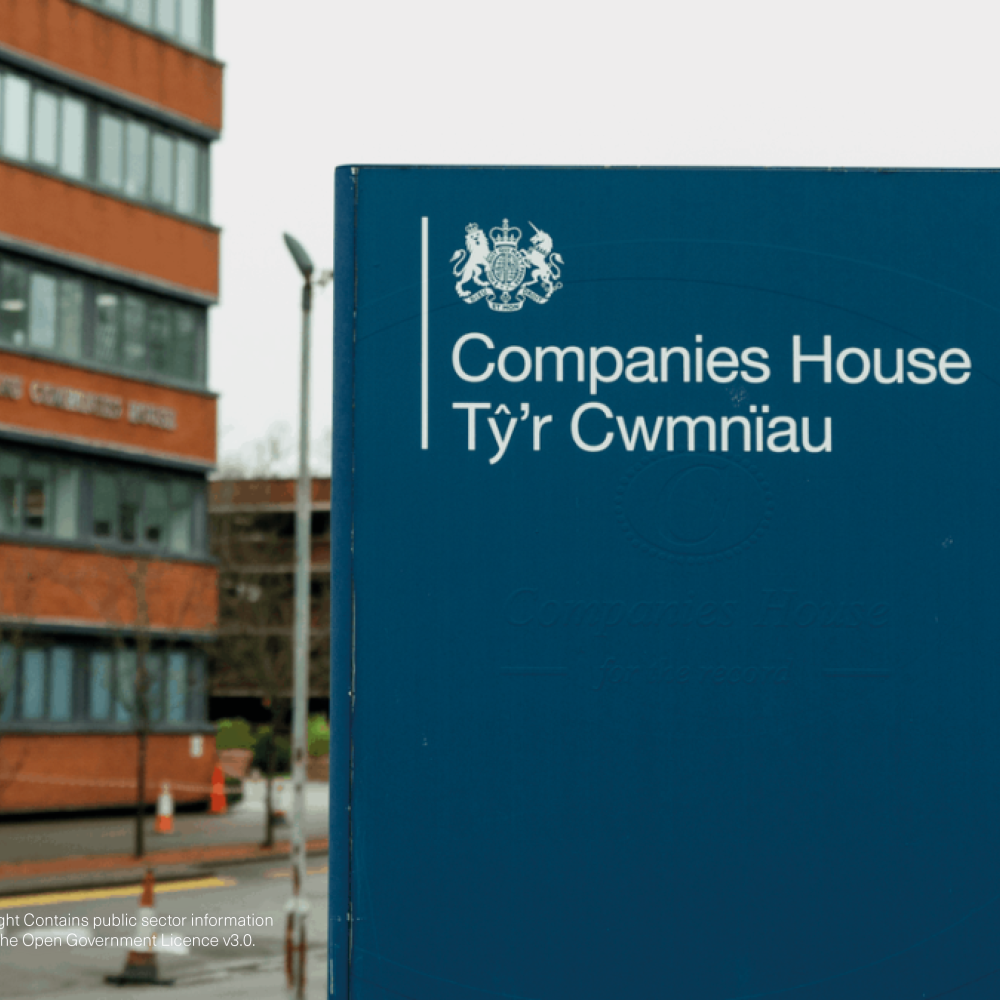Positively Taxing: Budgets, Biscuits & Business Reliefs
5 November 2025 Reading time: 5 minutes

Another season, another round of tax adjustments— because staying the same would be far too easy. Over the next year, several previously announced measures are set to take shape, while further reforms are waiting in the wings. From evolving inheritance rules to refreshed digital filing expectations (with a side note for those who simply cannot and will not go near cloud software), it’s shaping up to be another season of adjustment.
Meanwhile, VAT continues to prove it is—as ever—a world of highly specific definitions, where the difference between “covered” and “not quite covered” can change everything. And just to keep things interesting, fuel rates and property reliefs are also shifting.
Planned Inheritance Tax Relief Restrictions from April 2026
Back in Autumn Budget 2024, the Chancellor quietly planted a seed that’s now beginning to sprout: from 6 April 2026, Agricultural Property Relief (APR) and Business Property Relief (BPR) are getting trimmed back. The days of 100% relief on large swathes of business and agricultural property are numbered.
Draft legislation released in July 2025 confirms it: the Treasury wants to “modernise” reliefs. Translation: the 100% relief buffet is closing early.
What’s Changing?
A new £1 million allowance will cap the value of agricultural and business property that can benefit from the current 100% relief. Once that allowance is exceeded, qualifying assets above the threshold will still benefit from relief — but at a reduced 50% rate.
This allowance will apply across:
- Property held at the time of death
- Lifetime transfers to individuals in the seven years before death
- Chargeable Lifetime Transfers (CLTs), including transfers into trust
There’s also a specific shift for investors: shares not listed on recognised stock exchanges (e.g., AIM shares) will no longer qualify for 100% BPR — they’ll drop to the 50% relief band.
What Does This Mean in Practice?
Consider an individual holding £2 million worth of shares in an unquoted trading business. Under today’s rules, the full amount could be sheltered from IHT. Under the proposed regime:
- The first £1m receives 100% relief.
- The remaining £1m receives 50% relief.
- Result: £500,000 is exposed to IHT (with the standard nil-rate band still available to offset part of this amount).
For many business owners and farming families, this will represent a meaningful shift.
What Should You Do Now?
Before any restructuring or planning takes place, the first step is clarity. That means:
- Review your estate position, including business/agricultural assets.
- Model the potential IHT exposure under the new rules.
- Review your Will, particularly where reliefs are assumed to apply in full.
It’s important to remember that these rules are still proposals. Final legislation could shift — but preparation now will make it easier to act once the landscape is confirmed. If these changes could affect you, we recommend seeking tailored advice sooner rather than later.
Making Tax Digital: Guidance for Digitally Excluded Taxpayers
HMRC has now published long-awaited guidance on how individuals who cannot use digital systems can apply for an exemption from Making Tax Digital for Income Tax (MTD ITSA). The key point: being unfamiliar with accounting software won’t be enough on its own to qualify.
What Counts as “Digitally Excluded”?
The law allows exemption where a person cannot reasonably use electronic communications due to:
- Age
- Disability
- Location
- Religious grounds
- Or any other genuine reason
However, HMRC has made clear that certain reasons will not be accepted on their own — for example:
- Having filed on paper previously
- Limited digital activity each year
- Needing extra time or cost to switch
- Disliking or avoiding software
How to Apply
You (or someone authorised to act on your behalf) can request exemption by:
Calling HMRC (good luck): 0300 200 3310
Or writing to:
Self Assessment
HM Revenue and Customs
BX9 1AS
United Kingdom
The application should include:
- Name, address, National Insurance number
- How you currently file your return
- The reason you cannot meet MTD digital requirements
- Whether you have an agent, and what they support you with
- Any additional support needs
HMRC aims to respond within 28 days. Realistically? Make tea and give it some time. If they refuse the exemption, you can appeal in writing.
If you’re already exempt under MTD for VAT, you can request the same exemption for Income Tax — HMRC will check your circumstances haven’t changed.
VAT: When Is a Biscuit ‘Chocolate Covered’?
You may have heard the recent case (Ferrero Ltd v HMRC) which has provided fresh clarity on one of VAT’s most surprisingly complex questions: when does a biscuit become ‘chocolate-covered’?
The First Tier Tribunal ruled that Nutella Biscuits are not chocolate-covered and are therefore zero-rated. Why? Because the chocolatey filling is inside the biscuit, not on the outside, and VAT law cares deeply about exterior surfaces.
This is your periodic reminder that:
- VAT law truly is its own genre of drama
- The surface area of a biscuit can determine thousands of pounds of tax
- We do not make the rules; we simply survive them
Partial Win in SDLT / ATED Relief Case
In Investment and Securities Trust Limited v HMRC, the Upper Tribunal delivered a mixed outcome. The company did not secure relief from higher rate Stamp Duty Land Tax (SDLT) because the property option wasn’t acquired solely for development and resale.
However, the Tribunal did allow ATED relief, agreeing that once the asset was acquired, it was held exclusively for development and resale purposes.
The takeaway?
The purpose at acquisition and the purpose while held are assessed separately — and that distinction matters.
Advisory Fuel Rates: Electric Vehicle Charging Clarified
From 1 September 2025:
- 8p per mile — where the company car is charged at home
- 14p per mile — where charging takes place using public charging facilities
HMRC has now clarified that:
- A higher rate may be used if actual charging costs exceed the advisory rate.
- Where a vehicle is charged in multiple locations, mileage can be apportioned — on a fair and reasonable basis.
Diary of Main Tax Events (Nov / Dec 2025)
|
Date |
What’s Due |
|
1 November |
Corporation Tax for year to 31/01/2025 (unless quarterly instalments apply) |
|
19 November |
PAYE & NIC deductions and CIS return/tax for month to 05/11/2025 (22/11 if paying electronically) |
|
1 December |
Corporation Tax for year to 28/02/2025 (unless quarterly instalments apply) |
|
19 December |
PAYE & NIC deductions and CIS return/tax for month to 05/12/2025 (22/12 if paying electronically) |
|
30 December |
Last day to file 2024/25 return online if you want tax collected through your PAYE code |





